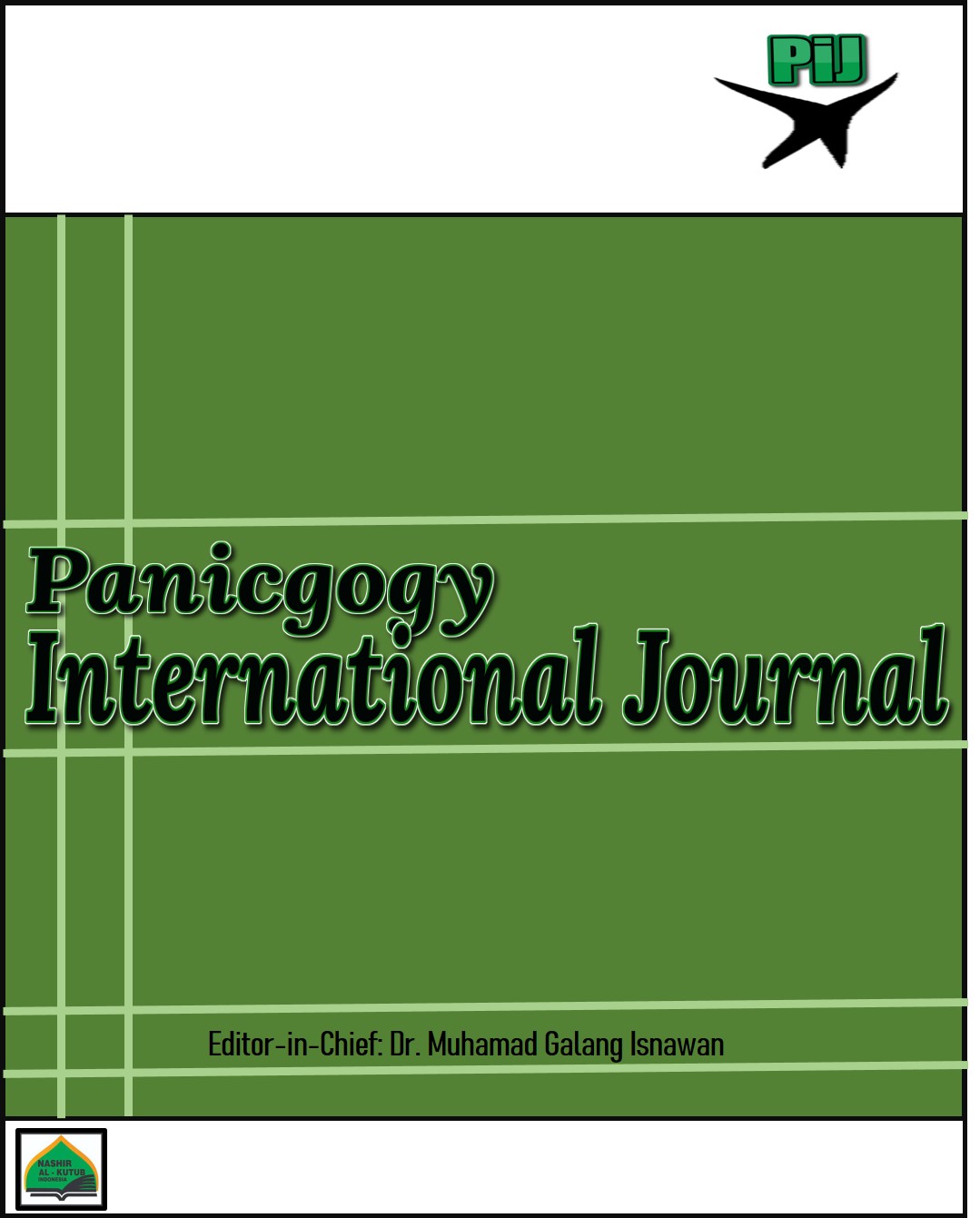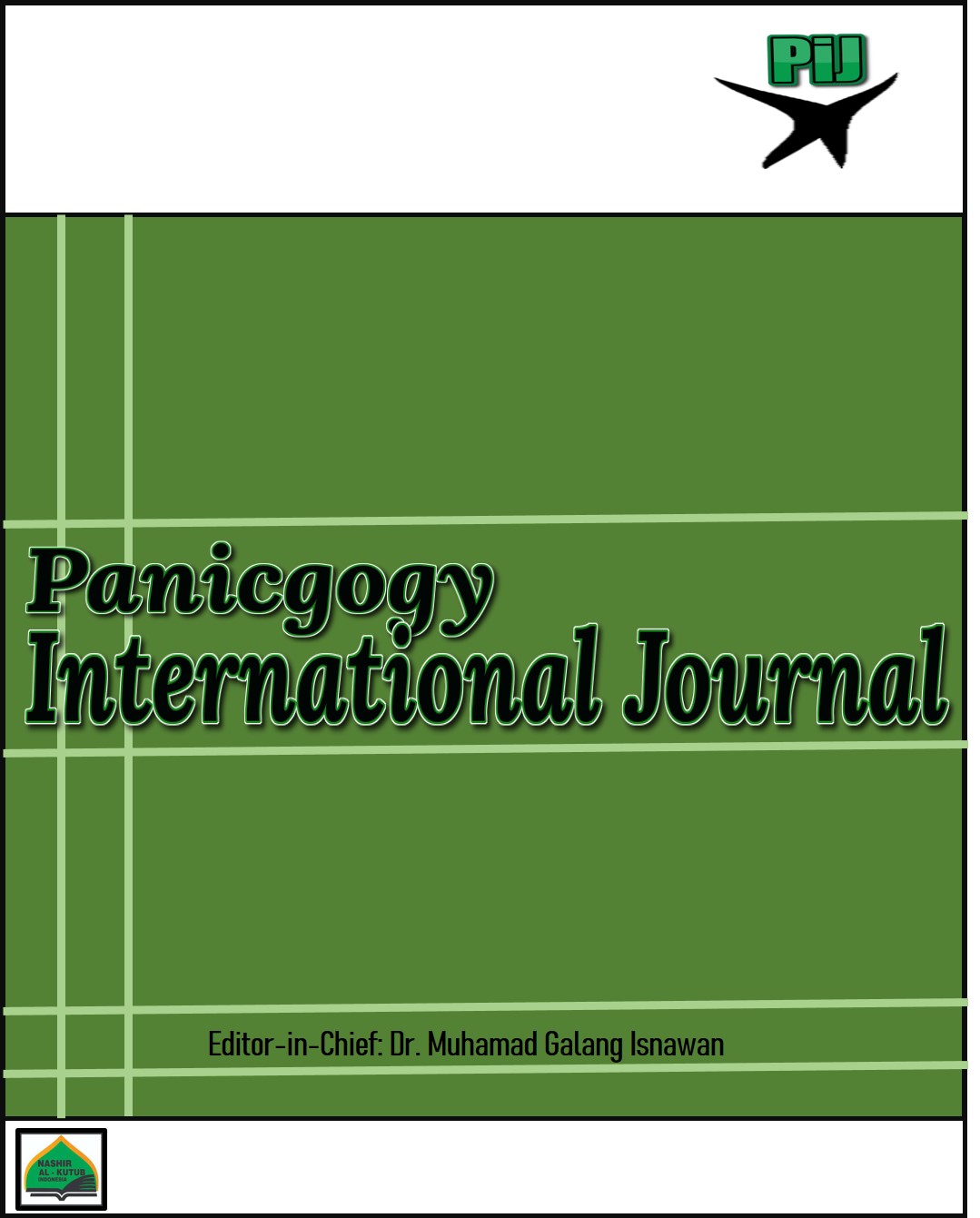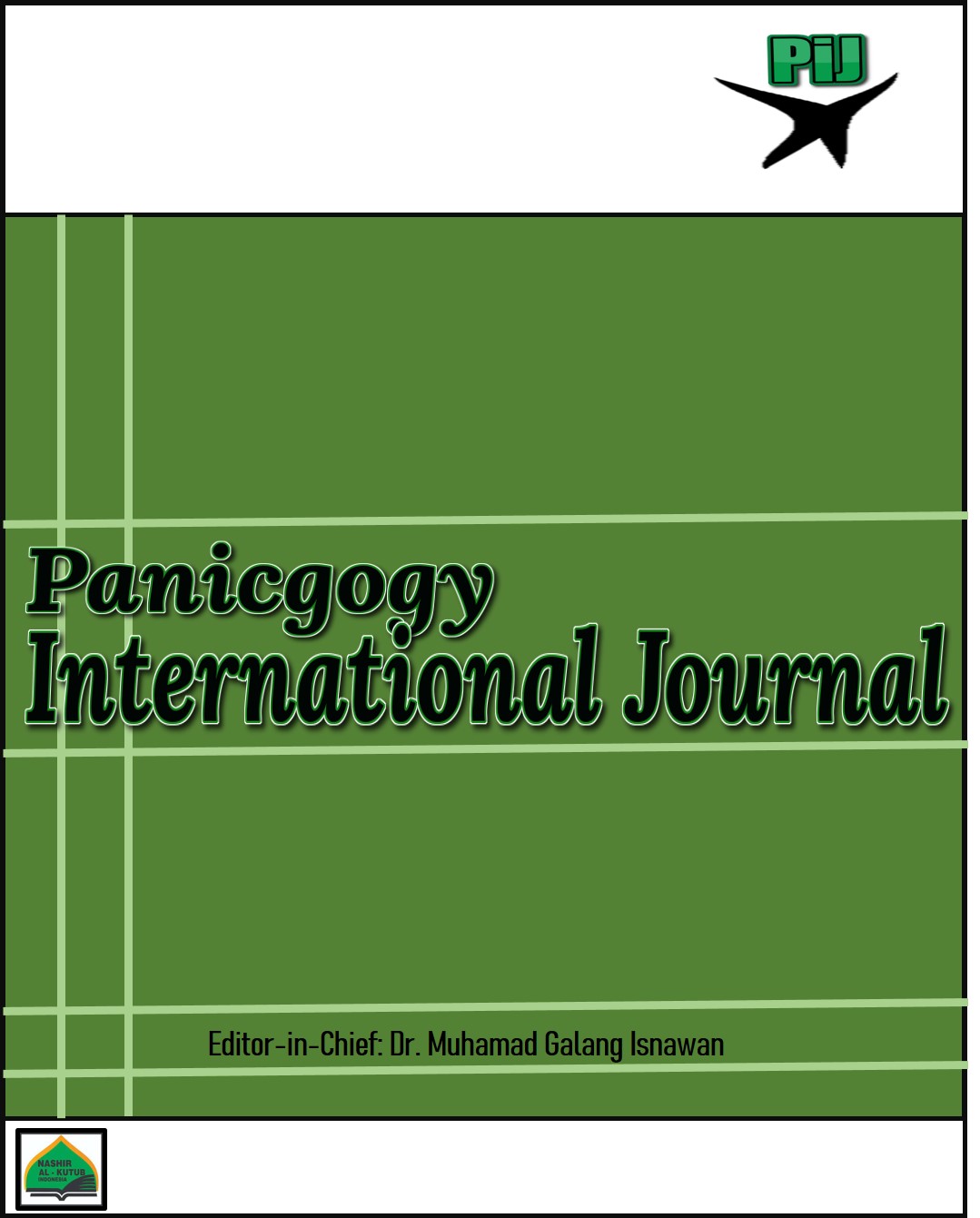Archives
-

pij
Vol. 2 No. 2 (2024)The Volume 2, Issue 2 (2024) edition of PIJ presents various innovative studies in education and social sciences. Handani et al. discuss the role of the VUCA method in understanding the phenomenon of FOMO and doom spending among the younger generation, highlighting its impact on consumer behavior. Triyono et al. explore elementary school students' ability to understand the elements and properties of simple flat shapes, providing insights into basic geometry learning. Helmie and Salsabila analyze gender representation in women's language in the Anne with an E series through a sociolinguistic perspective. Indriyani and Rohimah examine the effectiveness of warung hierarchy in civic education learning to increase student participation. Lastly, a study on fitrah-based education as an alternative paradigm for character development in early childhood education offers a fresh perspective on character education. These articles contribute significantly to the understanding of pedagogy, linguistics, and social behavior.
-

pij
Vol. 2 No. 1 (2024)Volume 2, Issue 1, published in March 2024, features a variety of research articles from 9 institutions, covering current innovations and practices in education. The first article discusses teachers' perspectives on differentiated learning within the independent curriculum in Indonesia. Following this, a classroom action research study from Kabulangka explores the use of educational videos to enhance thematic learning for second-grade students. Another article focuses on efforts to improve students' understanding of addition and subtraction operations through the demonstration method in mathematics. A study also highlights the use of concrete learning objects to enhance students' understanding of three-dimensional shapes in mathematics. Finally, an article on the application of the jigsaw method in science classes emphasizes the importance of cooperative learning strategies in fostering student discussion skills. All these articles contribute valuable insights into the development of teaching practices at various educational levels, with a focus on innovative methods and approaches relevant to mathematics, science, and classroom management.
-

pij
Vol. 1 No. 2 (2023)Volume 1, Issue 2, published in September 2023, features a range of research articles from 8 institutions, addressing various educational topics across multiple disciplines. The issue opens with an article on the analysis of student learning obstacles in exponential materials, using an exploratory case study to delve into the challenges students face in understanding exponential concepts. This is followed by a study examining the application of the RADEC learning model, enhanced with flipbook media, to improve students' reading comprehension abilities. Another article explores the impact of broken homes on the learning motivation of elementary school students in North Lombok, Indonesia, shedding light on how familial circumstances can affect educational outcomes. Further, research on improving alphabet letter recognition through flannel board media at RA Kartini Segara Katon State Kindergarten demonstrates an innovative approach to early childhood education. Lastly, the issue includes an article on implementing citizenship education in elementary schools to foster mutual character development, emphasizing the role of education in shaping social values. Each of these articles contributes valuable insights into diverse areas of education, from mathematics and language learning to social-emotional development and early childhood education.
-

PIJ
Vol. 1 No. 1 (2023)This edition features a diverse collection of research articles from 8 countries and 12 institutions, covering a wide range of educational topics such as mathematics, language proficiency, and the preservation of local cultural wisdom. One article examines the learning constraints faced by mathematics instructors, particularly in the comprehension of fraction concepts, highlighting the importance of addressing cognitive barriers in teaching. Another study focuses on the factors influencing vowel pronunciation errors among Indonesian senior high school students, providing insights into challenges in language acquisition. A third article explores the use of folk stories to improve accounting students' mastery of past tense sentences, demonstrating the integration of cultural elements in language learning. Additionally, research on the preservation of regional languages, particularly Sundanese, discusses how teaching materials infused with local wisdom can play a role in safeguarding cultural heritage. Finally, a study on monologue performances using West Java folklore investigates their potential to improve high school students' speaking skills, further emphasizing the role of cultural narratives in enhancing language proficiency. These articles offer valuable insights into the intersection of culture and education, contributing to a deeper understanding of how various teaching methods can support effective learning across disciplines.









